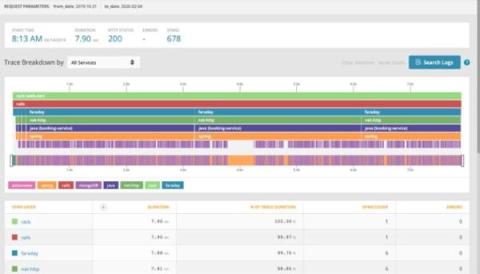Operations | Monitoring | ITSM | DevOps | Cloud
Latest News
Mastering Firewall Logs - Part 1
Deployment Frequency (DF) Explained
Announcing the Splunk Add-on for OpenTelemetry Collector
5 Elasticsearch Disadvantages You Should Know
Recapping KubeCon North America 2023
If you missed KubeCon North America 2023 in Chicago, or you were there and spent more time in the “hallway tracks,” you may have missed some of the big news that came out of the show. We covered the big happenings in the open source cloud native and observability realm in the latest episode of OpenObservability Talks!
Introducing Responsive Pipelines from Mezmo
The ability to swiftly resolve incidents is central to SREs responsible for a service's reliability and its users' satisfaction. Mezmo has recognized this need and, at Kubecon, unveiled an innovative solution: Mezmo Responsive Pipelines. Responsive Pipelines enable users to pre-configure a Pipeline to respond automatically in the case of an incident.
Aggregating Logs From Microservices-Best Practices
Modernize Your SIEM Architecture
In this Livestream conversation, I spoke with John Alves from CyberOne Security about the struggles teams face in modernizing a SIEM, controlling costs, and extracting optimal value from their systems. We delve into the issues around single system-of-analysis solutions that attempt to solve detection and analytics use cases within the same tool.











